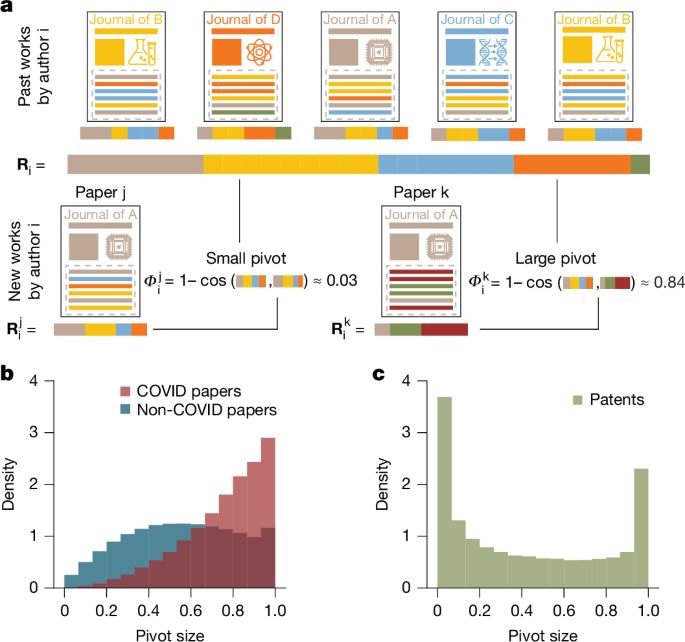
The (very real) cost of changing your research field. Absolutely true! But the freedom to pivot is one of the greatest things in this profession.
www.nature.com/articles/s41...
@amitchell.bsky.social
Systems biologist trying to disentangle host-drug-microbiome interactions | PI at UMass medical school | trying to keep the BS to a minimum (not always successful) https://mitchell-lab.umassmed.edu

The (very real) cost of changing your research field. Absolutely true! But the freedom to pivot is one of the greatest things in this profession.
www.nature.com/articles/s41...
Great opportunity to participate in scientific outreach!
22.05.2025 18:05 — 👍 0 🔁 0 💬 1 📌 0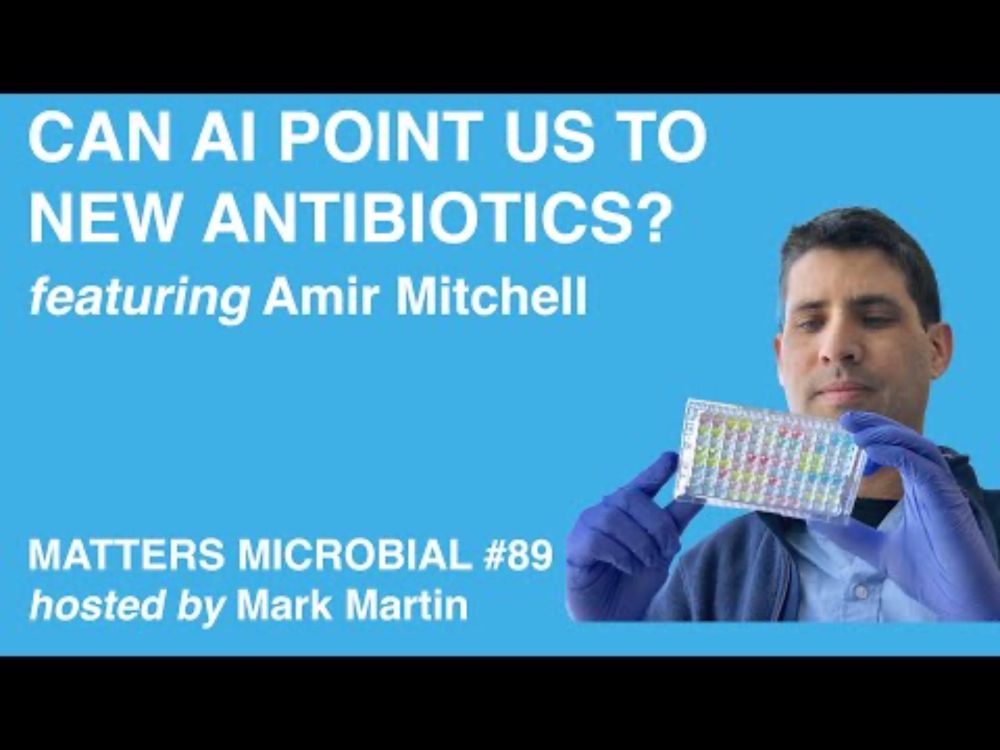
Had a fantastic time with @markowenmartin.bsky.social’s on his #MattersMicrobial podcast (@microbetv.bsky.social). We discussed how to uncover the killing mechanisms of hundreds of antibacterials simultaneously and how #AI can transform the search for new antibiotics 🧪🦠💊
youtu.be/Wa0zd-TRCO8?...
Yo, micro/evo/qbio/physics of living systems/astrobiology/renegade cell bio folks- if you are interested in starting a feed, reply/repost this. Let's get the crew back together!
29.01.2025 23:40 — 👍 26 🔁 7 💬 5 📌 0Fascinating shift in the geography of drug development (excellent writing too!)
26.01.2025 03:29 — 👍 0 🔁 0 💬 0 📌 0The inherent stochasticity of biological systems 😉
18.01.2025 19:46 — 👍 1 🔁 0 💬 0 📌 0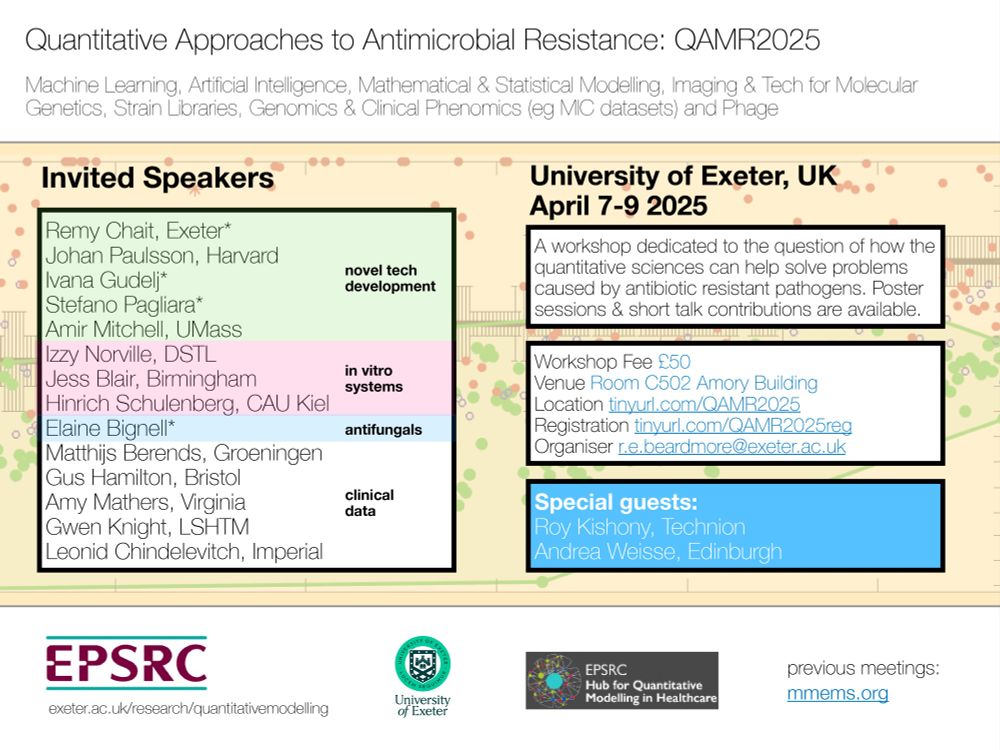
Interested in Antimicrobial Resistance & Quantitative Bio? Join a 3-day meeting+workshop with some of my favorite #AMR #QBio scientists this April (University of Exeter, UK). Register here: tinyurl.com/QAMR2025reg 🧪🦠
17.01.2025 15:16 — 👍 5 🔁 1 💬 0 📌 0Amazing book, shaped my worldview on Science. Kuhn’s genius was also in claiming that “paradigm shifts” are not purely logical, but are tainted by social & psychological factors. He claimed that established scientists are often conservatives resisting such shifts.
28.12.2024 03:02 — 👍 6 🔁 0 💬 0 📌 0It was all code written in Matlab
14.12.2024 19:50 — 👍 0 🔁 0 💬 0 📌 0Sure, email me I can attach a copy
14.12.2024 16:42 — 👍 0 🔁 0 💬 0 📌 0The drug-drug similarity networks are based on how these drugs impact a library of E. coli mutants (profiles of resistance or sensitivity). We in fact show the chemical similarity fails to capture many of these similarities.
14.12.2024 16:41 — 👍 0 🔁 0 💬 0 📌 0Beautiful detective work disentangling what is the actual trigger for cell death upon transcriptional arrest 🧪
14.12.2024 15:09 — 👍 8 🔁 0 💬 0 📌 0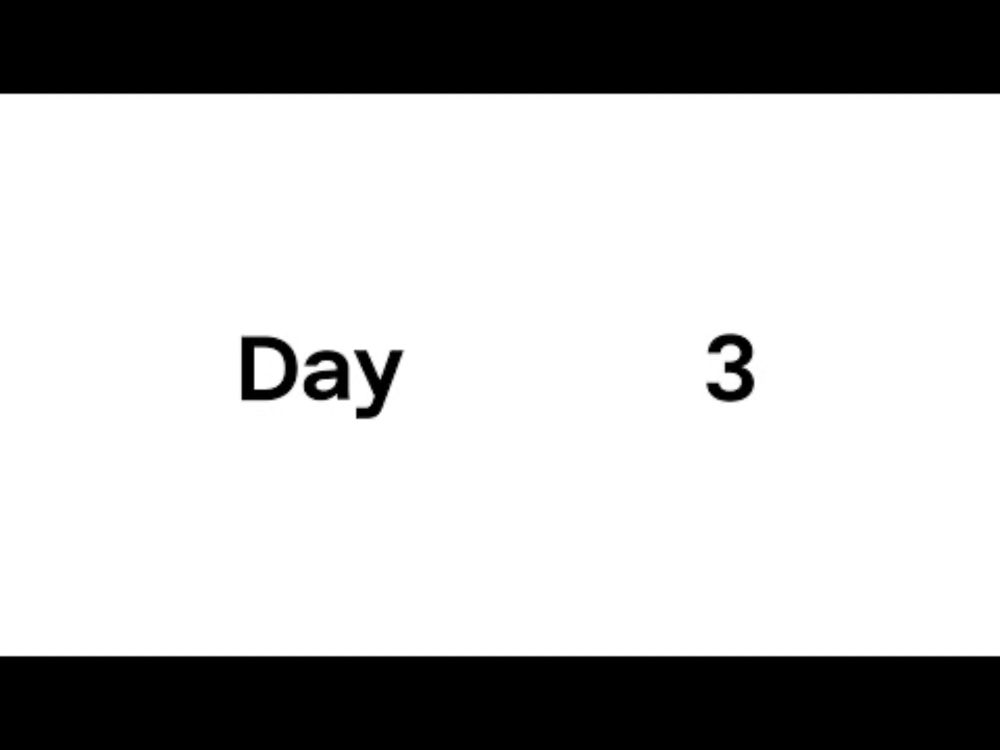
Never-have-I-ever seen technology racing forward as fast as #LMMs in the past two years. Watching the #openAI releases coming out in real-time in their twelves-days series is jaw dropping! 🤖🌊
www.youtube.com/playlist?lis...

My only complain is that I feel a bit like Cassandra, from the greek mythology, barely anyone listens 😞
07.12.2024 23:23 — 👍 1 🔁 0 💬 0 📌 0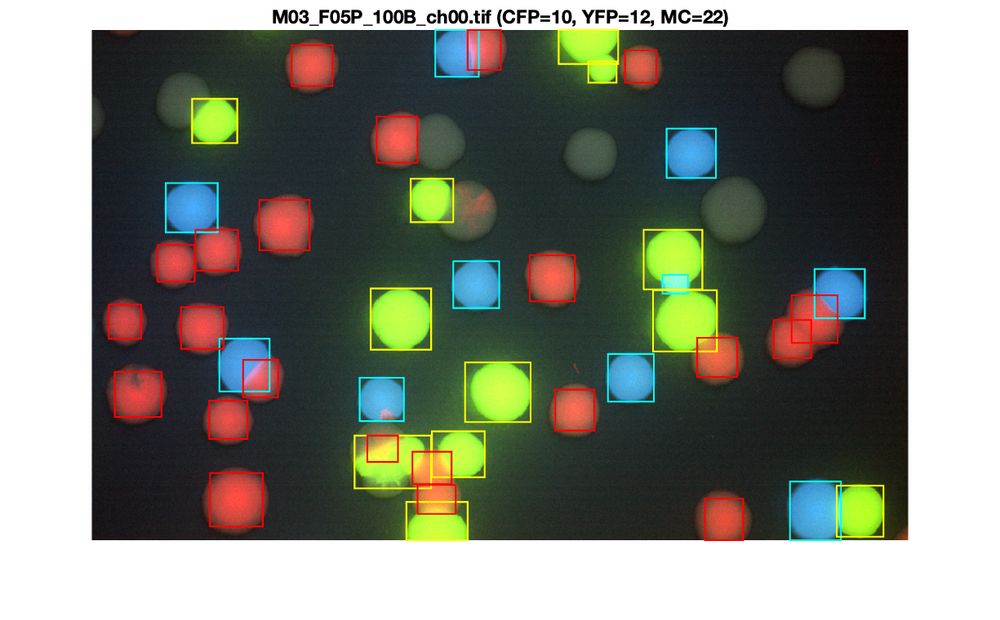
Microscopy image of fluorescent colonies of E. coli after automatic image segmentation
The ability of LMMs (chatGPT here) to *assist* in generating useful code for biologists a mind-blowing power multiplier 🤯! My advice to biologists at all career stages: Learn to code, its a superpower 🦸♀️🦹♂️ (simple example, counting fluorescent colonies isolated from mouse gut microbiome) 🧪🦠
07.12.2024 23:04 — 👍 23 🔁 4 💬 1 📌 0There is also a lot to be said about doing a "proper" postdoc in a good lab. It opens your eyes to different research directions, lab techniques, mentoring style, institutions, and so much more!
04.12.2024 21:17 — 👍 1 🔁 0 💬 0 📌 0I absolutely agree!! So many of these positions end up going nowhere. They make sense only in *very* few use cases (5-10%): it's a *real* program with real legacy of successful PIs, the candidate continues on their phd research trajectory, and the candidate is scientifically mature (rare).
04.12.2024 21:17 — 👍 1 🔁 0 💬 2 📌 0Credit for this work goes to my former student Dr Emily Lowry. Emily literally submitted the revised version of this manuscript at the very last minute before leaving the lab 🥳 (9/9)
02.12.2024 16:44 — 👍 1 🔁 0 💬 0 📌 0I love this work since it a wonderful demonstration of (1) Serendipity in research – it started unexpectedly when we saw an active reporter even in non-contacting colonies and (2) it shows the power of simple experiments and quantitative microscopy (8/9)
02.12.2024 16:44 — 👍 1 🔁 0 💬 1 📌 0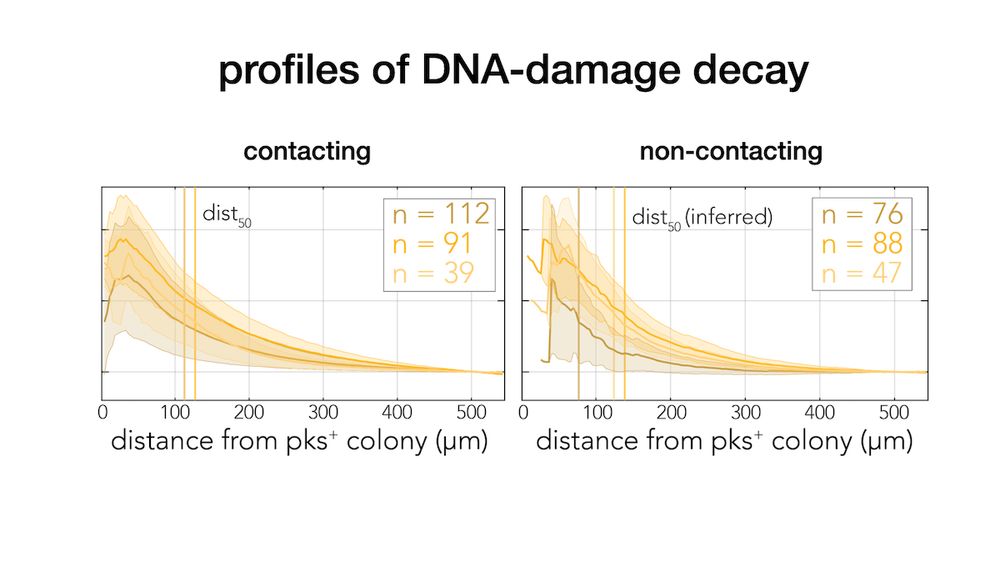
Traces of DNA-damage reporter decay with distance from colibactin producers
Careful quantification revealed that the damage decay curves are identical in contacting and non-contacting colonies. Therefore, direct contact is not only not required, but it doesn’t even increase the level of toxicity beyond what is expected by proximity (7/9)
02.12.2024 16:44 — 👍 0 🔁 0 💬 1 📌 0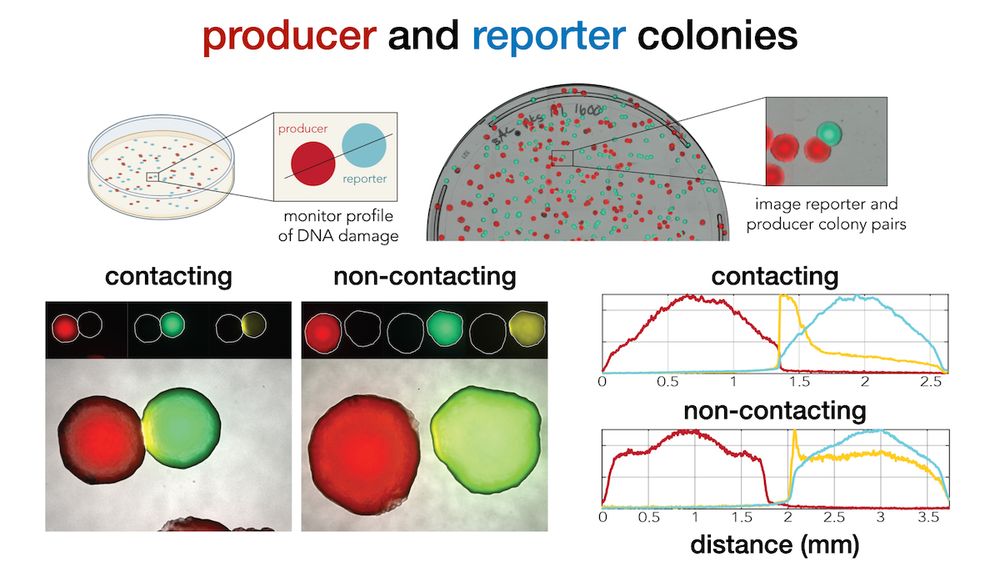
Experiment setup for monitoring colibactin induced DNA damage in neighboring colonies.
Next, we monitored colibactin damage in separated colonies. This setup allowed us not only to validate contact independence, but also to accurately quantify how DNA-damage decays across distance (6/9)
02.12.2024 16:44 — 👍 0 🔁 0 💬 1 📌 0
Diagram of experiment setup. Colony of a colibactin producing cell is placed on a lawn of DNA-damage reporter cells. The yellow halo around the colony marks DNA damage
Microscopy imaging revealed that DNA damage is observed even hundreds of microns (YFP halo) away from the secreter front (mCherry) suggesting that direct cell-cell is not needed for toxicity (5/9)
02.12.2024 16:44 — 👍 0 🔁 0 💬 1 📌 0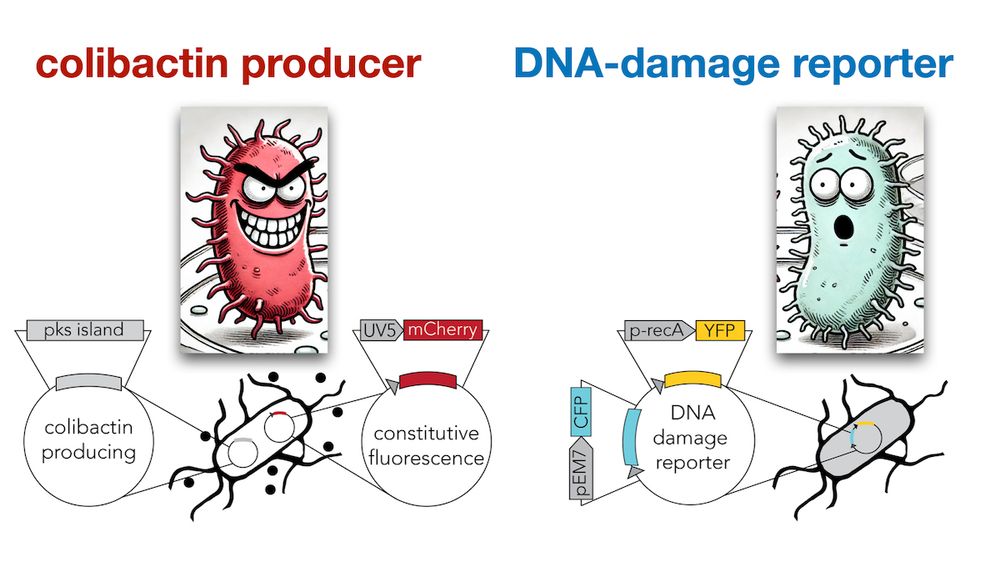
Diagram showing the plasmids used for cloning the colibactin producing strain and the DNA-damage reporter strain
We cloned a YFP DNA-damage reporter in E. coli and tested how far colibactin induced damage “travels” across a lawn of cells (we tagged secreters and responders with constitutive mCherry and CFP to tell them apart) (4/9)
02.12.2024 16:44 — 👍 0 🔁 0 💬 1 📌 0Colibactin mode of delivery is still under debate, with common models claiming delivery requires direct cell-cell contact. While contact certainly improves toxicity (see great recent work by the Lars Vereecke lab), does it add anything beyond what is expected by proximity alone? (3/9)
02.12.2024 16:44 — 👍 0 🔁 0 💬 1 📌 0Colibactin is deeply studied in human cells due to its involvement in colorectal cancers, yet far less is known in the context of microbial communities. Our first study with @daganlab.bsky.social revealed self-inflicted DNA-damage in colibactin producers (2/9)
genome.cshlp.org/content/earl...
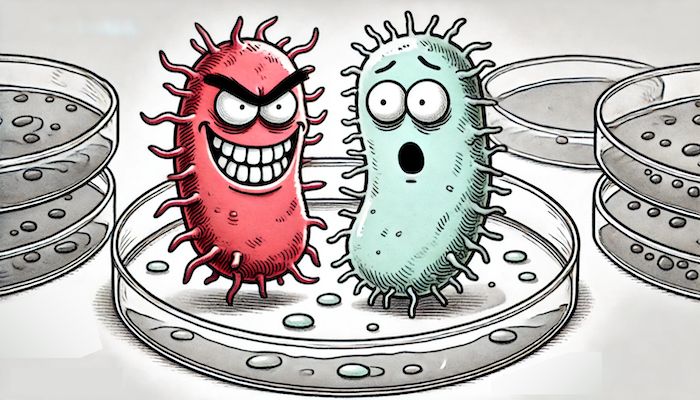
Cartoon of two bacteria on a petri dish
Our second paper on the bacterial toxin colibactin is now out on mBio, this time we critically evaluated the claim that colibactin toxicity necessitates cell-cell contact 🧪🦠🧵(1/9)
journals.asm.org/doi/10.1128/...
Great list. Please add me too 🙏
29.11.2024 04:07 — 👍 1 🔁 0 💬 1 📌 0Thank you for the resource, can you please add me to the list too?
29.11.2024 03:58 — 👍 1 🔁 0 💬 0 📌 0Thank you for the resource. Please include me in the second pack 🙏
29.11.2024 03:54 — 👍 1 🔁 0 💬 0 📌 0Fantastic resource. Thanks for putting this together Georgia!
28.11.2024 23:05 — 👍 3 🔁 1 💬 1 📌 0